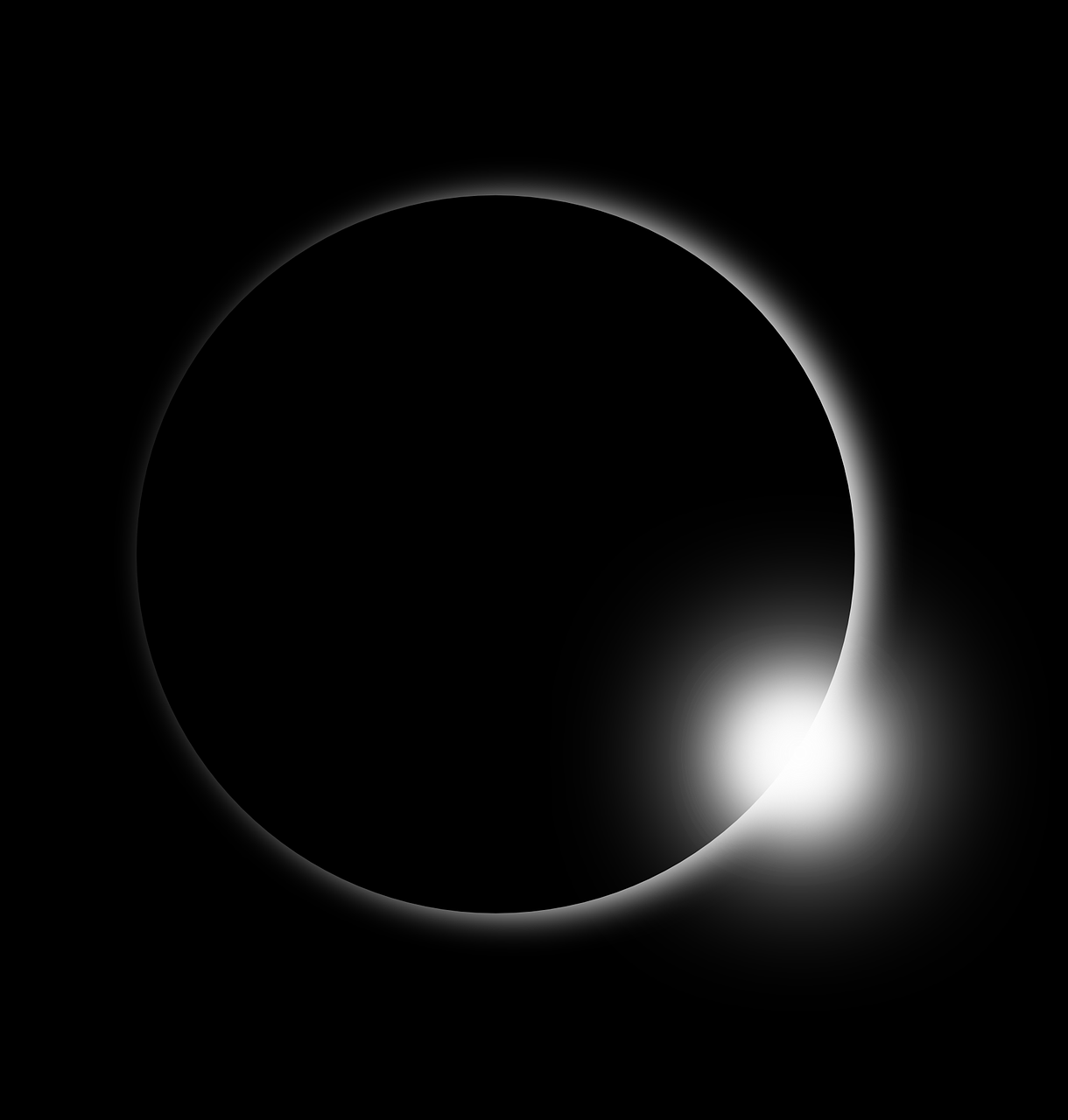Have you ever pondered how the ancients navigated the world with blurry vision? It’s a question that has tickled the minds of many, including myself, as we thumb through the pages of history, encountering numerous accounts of ‘blind’ individuals. Was blindness as rampant as ancient texts suggest, or were many of these individuals simply in need of a good pair of spectacles? Let’s dive into the fascinating world of vision in antiquity and uncover the truths and myths behind the blurry lines of history.
The struggle with vision impairment is as old as civilization itself
Before the invention of eyeglasses in the 13th century, nearsightedness and farsightedness were already common afflictions among humans. The question arises: how did our ancestors cope with their vision deficiencies? The answer lies scattered across the remnants of ancient civilizations, each with its unique approach to eye care.
Take ancient Rome, for instance, where vision problems were no stranger to even the highest echelons of society. The Roman emperor Nero, plagued by extreme nearsightedness, is said to have watched gladiatorial combats through an emerald. This precious stone likely acted as a concave lens, bringing the distant spectacle into focus for the myopic ruler. But Nero’s emerald was not the only vision aid of the time. The Romans, known for their medical advancements, also performed cataract surgeries using needle-like instruments and concocted eye ointments to treat various conditions.

Moving to the sands of ancient Egypt, we unearth lenses alongside mummies, suggesting that even in death, the Egyptians cared for their vision. These lenses, primarily concave for correcting nearsightedness, lacked the ear loops of modern eyewear but were nonetheless advanced for their time. It’s believed that these lenses were reserved for the elite, such as carvers who needed to see fine details or members of the royal family with vision problems.
The Middle East, too, contributed to the history of vision care. Ancient Arabian doctors continued the medical practices of the Greeks, performing surgeries and treatments documented in translated Greek medical texts. Although they did not significantly advance these techniques, they did organize their hospitals into specialized departments, indicating a structured approach to healthcare.
Venturing north, we encounter the Vikings, whose discovery of lenses in Gotland has led some to speculate that they used them as telescopes long before the official invention of eyeglasses. These precise elliptical lenses suggest a level of sophistication in vision correction that predates their time. However, the true origins of these lenses remain a mystery, with some experts proposing they were crafted in Byzantine and brought to Viking lands.
Similarly, the ancient Babylonians, known for their astronomical prowess, are believed to have used lenses to observe distant celestial bodies. While no physical lenses have been found, their detailed astrological records imply the use of some form of magnification to enhance their vision of the stars.
These snippets from history paint a picture of ancient societies striving to overcome vision impairments, employing various methods and tools at their disposal. It’s a testament to the ingenuity and resourcefulness of our predecessors, who recognized the importance of clear vision and sought to preserve it through whatever means available.
We are in an era where vision correction has reached new heights
Houston Lasik, a leading laser eye surgery center, exemplifies this progress. With state-of-the-art technologies like iLASIK, which is used by NASA astronauts and military personnel, the center offers treatments that were once the stuff of science fiction. If you’re experiencing vision problems today, you have access to revolutionary solutions that our ancestors could only dream of.
As we reflect on the journey from ancient vision aids to modern Lasik surgery, it’s clear that the quest for clear sight is a timeless pursuit. It connects us with our past and propels us toward a future where the gift of vision is cherished and preserved. So, the next time you put on your glasses or consider laser eye surgery, remember the long and fascinating history of vision correction that has led us to this point.
The history of the invention of eyeglasses
As we continue our journey through the annals of vision correction, we arrive at the pivotal moment when the first eyeglasses were invented in the 13th century. This innovation marked a significant turning point in the history of optometry, providing a practical solution for those struggling with poor vision. But the story of vision correction is far from over. It’s a tale that spans centuries, from ancient remedies to the cutting-edge procedures we see today, such as those performed at Houston Lasik.
The invention of eyeglasses was a watershed moment, but it was only the beginning. As society evolved, so did the technology and understanding of vision. The earliest spectacles were simple magnifying glasses, designed to aid with reading. However, as time progressed, the designs became more sophisticated, and the spectacles began to resemble the glasses we are familiar with today.
In the 17th and 18th centuries, eyewear underwent further refinement. The introduction of frames that could sit comfortably on the nose and ears made glasses more wearable for extended periods. This development was crucial as it allowed individuals with vision impairments to participate more fully in daily life and work.
Despite these advancements, the journey towards modern vision correction was fraught with challenges. For centuries, those with vision problems were often misunderstood and mistreated. In the earliest days of human history, nomadic tribes had little patience for those who could not keep up due to vision impairments. As harsh as it may seem by today’s standards, survival often took precedence over compassion.
However, as civilizations settled and agriculture took root, societal views began to shift. The rise of religion played a significant role in changing attitudes towards individuals with disabilities. Many societies came to view mistreatment of those with vision problems as not only unethical but potentially inviting divine retribution.
The development of corrective lenses was a game-changer, but it was not until much later that a broader spectrum of vision impairments could be addressed. Before the advent of modern optometry, severe vision problems that are easily correctable today could have been debilitating.
As we moved into the modern era, the science of optometry blossomed. The understanding of vision loss and the human eye’s anatomy led to more effective treatments and corrective measures. The 20th century, in particular, saw an explosion of innovation in vision correction, culminating in the introduction of laser eye surgery.
Houston Lasik epitomizes this progress. The center’s medical director introduced revolutionary technologies such as iLASIK, which have been adopted by NASA astronauts, Navy SEALS, and Air Force fighter pilots. This technology represents the pinnacle of vision correction, offering precise and personalized treatment that was once unimaginable.
The rise of myopia in recent decades has been alarming, with rates skyrocketing around the world. Theories abound as to the cause of this increase, with factors such as genetics, screen use, reading, and lack of sun exposure during eye development all being implicated. The International Myopia Institute’s prediction that myopia will affect half of the global population by 2050 underscores the importance of continued innovation in vision correction.
As we look to the future, the evolution of vision correction is bound to continue. From the emerald lenses of Emperor Nero to the sophisticated laser surgeries of today, the quest for clear vision has been a constant in human history. It’s a testament to our resilience and ingenuity, a story of overcoming the limitations of our bodies and enhancing our interaction with the world around us.
The history of vision correction is a rich tapestry woven with the threads of necessity, innovation, and compassion. It’s a narrative that reflects our deepest desire to see the world more clearly and to live life to the fullest. As we stand on the shoulders of giants, we can only imagine what the future holds for the field of optometry. But one thing is certain: the quest for perfect vision is an enduring part of the human experience, one that will continue to inspire and drive progress for generations to come.
Related posts:
Poor Vision During the Ancient Times
How Did People See Before Glasses?
What Did People Do Before Glasses? – NVISION Eye Centers




